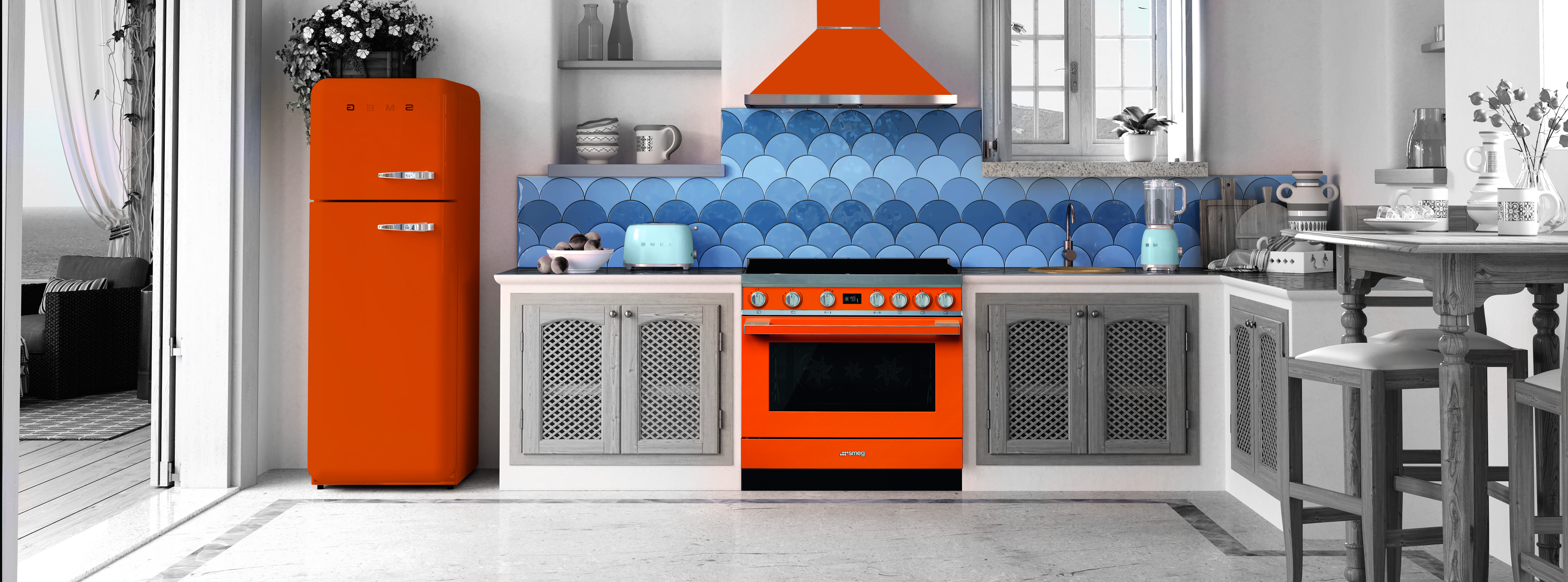So, where do I start?
When setting your budget, there are many things to consider. We’ve broken this down into the 5 key stages, in order to help you establish your budget.
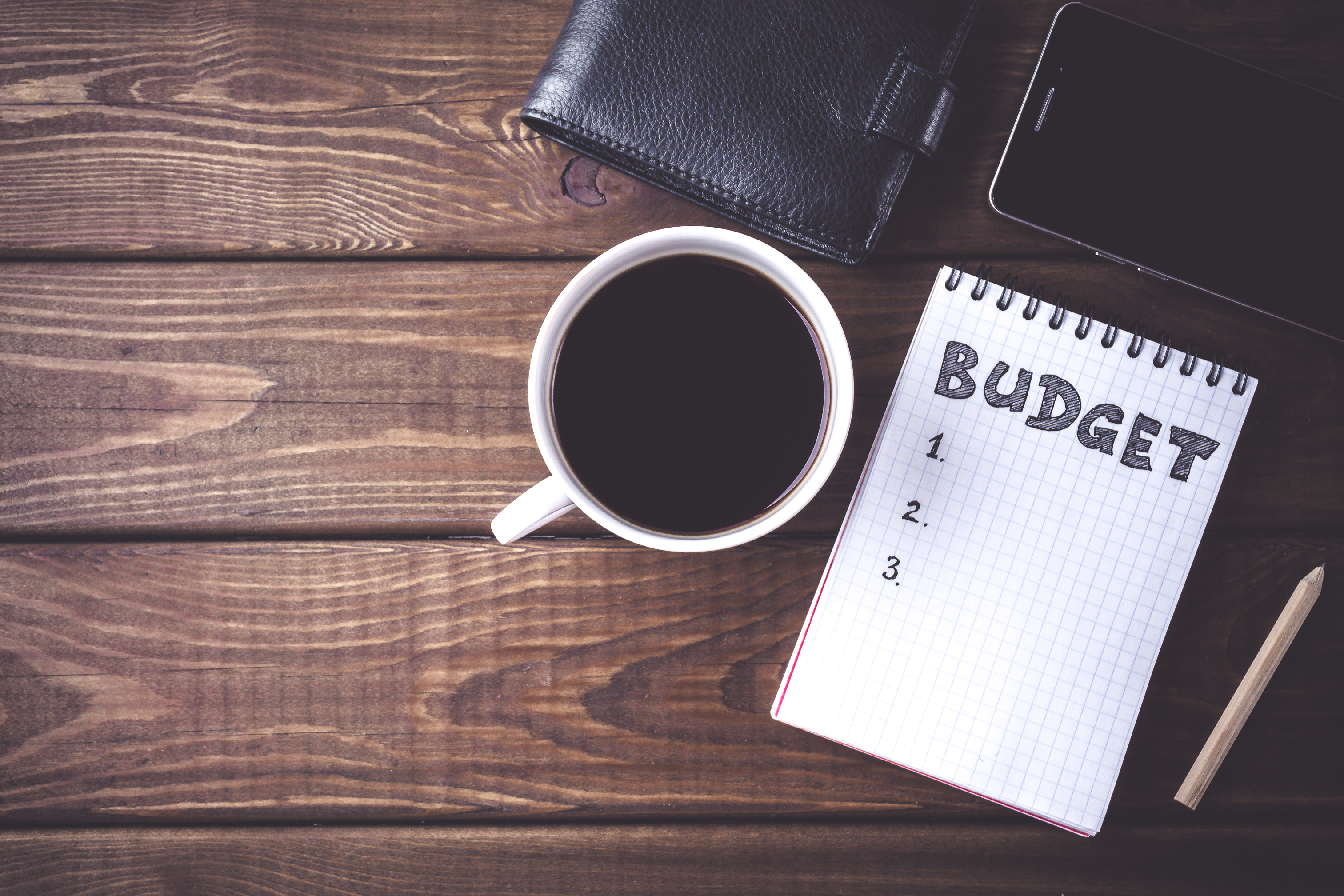
1) Understand your personal finances
There are going to be 2 major factors here: Firstly, where is your budget coming from? Are you borrowing money from family? Will you need to speak to your bank about a loan? Do you have savings in place to finance the project? Understanding your personal finances before you begin the process will help you to both select the right supplier and lessen the risk of future surprises. Secondly, why are you investing in this project? If you are investing because you intend to move soon, and wish to add value to your property, this is entirely different to if you intend to live in your home for years to come and wish to remodel your kitchen for your own comfort. If the former, you will want to create the biggest cosmetic impact with minimal investment (to create the biggest return), if the latter, you may need a larger investment to create the kitchen of your dreams.
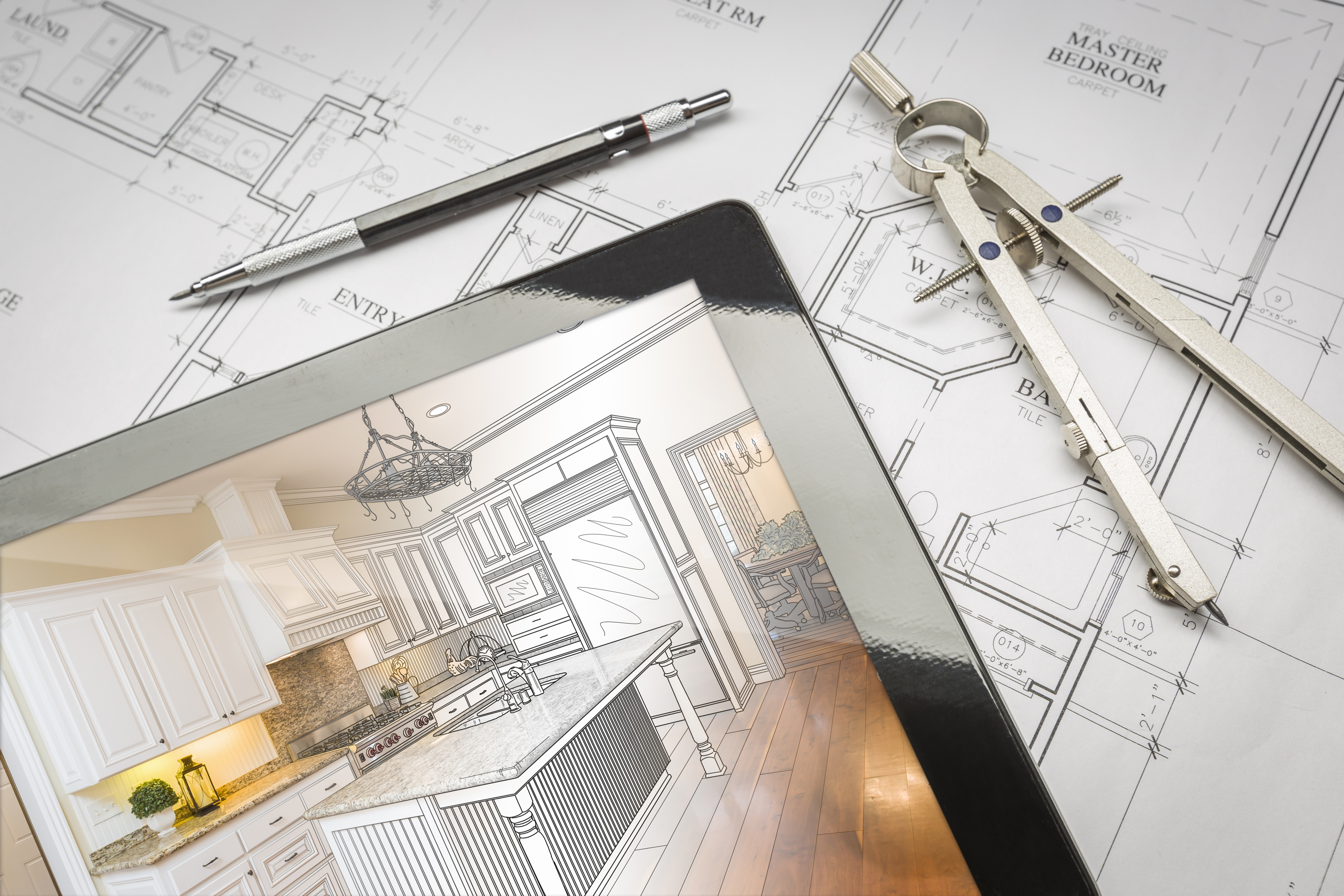
2) Set a 10% contingency within your budget for unexpected surprises
As with any project, there will be surprises along the way. The best way to pre-empt this is to set aside 10% of your budget for the unexpected costs – tasks like moving your water/gas points, replastering and making structural changes will have associated costs.
These are not planned activities that your supplier has accounted for at the start of your project, they are the challenges you will likely face along the way.
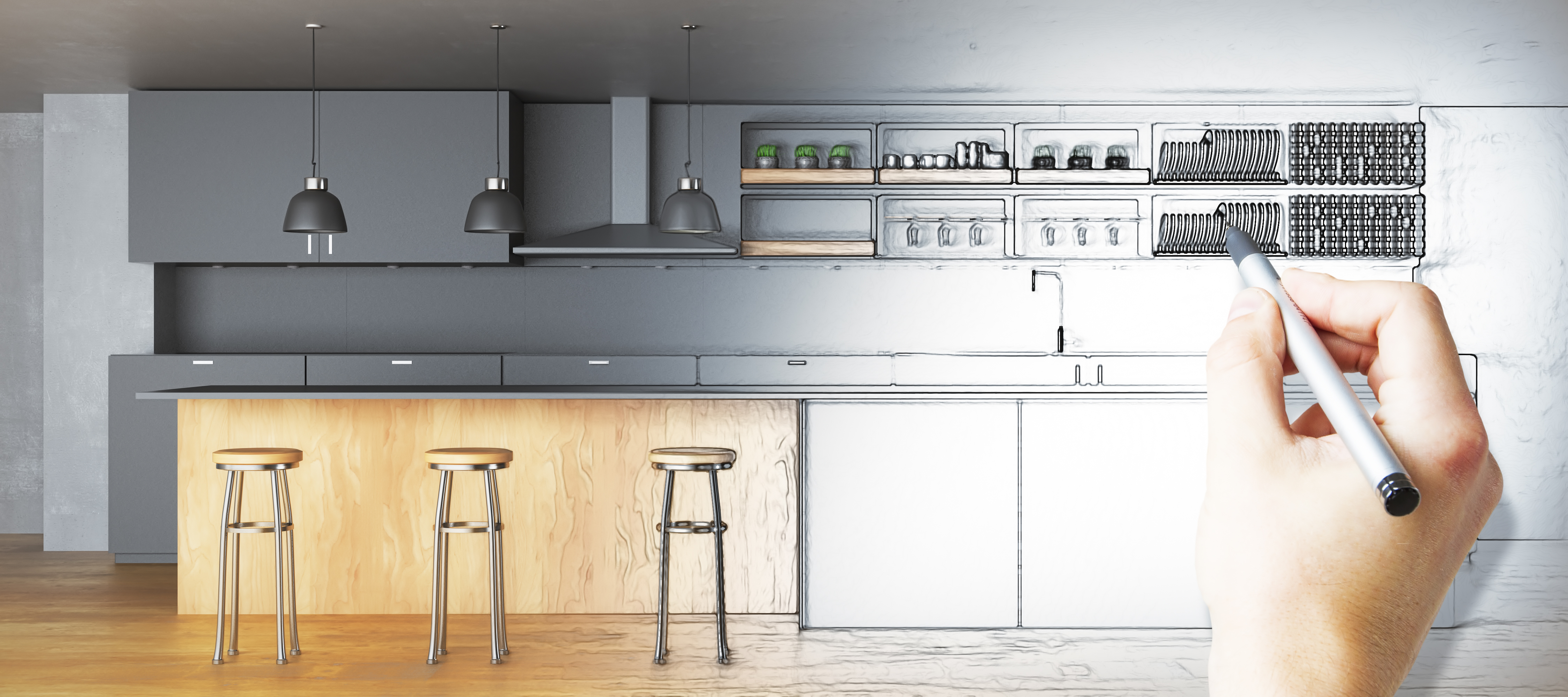
3) Understand where you will get the most added-value for your money
Prioritising ahead of your project is vital. No matter your budget, whether it’s £10k or £100k, you will naturally put a higher percentage of your budget into certain elements. Think about what type of cook you are, how your family uses your kitchen and even how you anticipate your needs to change in the future as a starting point for this. Investing in the kitchen elements that will improve the way you use your kitchen is absolutely paramount.
For further advise on understanding your priorities, visit our kitchen personality guide (LINK)

4) Create a budget tracker
As much as your selected supplier will be upfront about the costs of your project, it is important that you keep track of your project spend. Your supplier will not know how much you have spent on accessories, how much it has cost you to hire an architect to draw up remodelling plans, or whether you have additional costs outside the scope of their involvement – which could include electrical work or planning permission. Microsoft Excel is a perfectly adequate tool for this type of project, but there are numerous other resources out there too – such as the Money Advice Service’s Budget Planner.
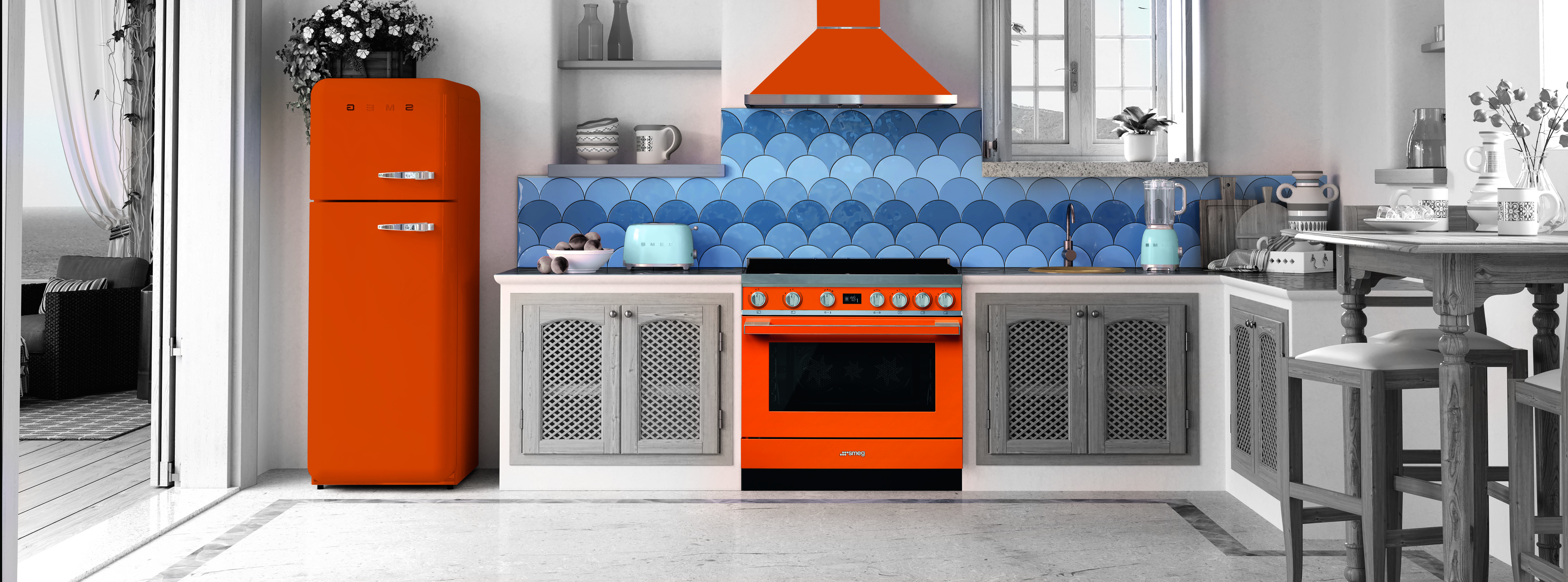
5) Plan for phase two
You may find that splitting your project into multiple stages allows you to spread out the cost, and therefore the financial impact is reduced upfront. Many homeowners decide to utilise this approach, choosing to upgrade their appliances, flooring or gadgets at a later stage. Another way to do this is to plan to complete some of the work yourself – if you are a dab-hand with DIY, consider painting the walls and updating the tiles yourself to save on some of the costs.

What’s Next?
Once you’ve set your budget, speak to your supplier about their recommendations – remember they do this every day, and so have a huge amount of experience making the most of a homeowner’s spend. They will outline both the timings and costings of your project. This is prime opportunity to think about where your investment should be spent, and how you may be able to make some cost-savings. Below are just a few of our tips to help your money go further.
1) Trust in a few reliable suppliers. Getting this right can be the difference in a project working smoothly or not. You may have heard the saying ‘measure twice, cut once’, and employing people whose expertise you trust will ensure you don’t have to invest in snagging once the project is complete. It might be worth speaking to a number of suppliers about their skills before you make any commitments; you will be spending a lot of time together on this project, so finding people you trust is paramount to both the success of the project and your peace of mind. Many suppliers also offer interest-free credit programmes, so shop around for the best solution for your budget.
2) Shop Smarter. You can pick up some wonderful kitchen furniture second hand, and create a beautifully eclectic and unique finish by mix-and-matching some of your favourite pieces. Tableware, stools, mugs and decorations are a great place to start.
3) Choose freestanding. Housing your appliances and gadgets in cupboards is more expensive than placing them on countertops or having them freestanding.
4) Invest in good lighting. Lighting can make all the difference in the final look and feel of your kitchen, and is a reasonably cheap element of kitchen design. Downlights, spotlights and event statement pendant lights create fantastic atmosphere, and won’t blow the budget.
5) Avoid moving your utilities and services. This goes without saying, but if you can keep your utilities in their existing places, this will save you what is quite often a large expenditure.
6) Take expert advice. If you have a vision in mind, it may be that your chosen supplier advises that you wait a little while longer and save for a more substantial budget. Although there are some shortcuts and DIYs you may be able to make along the way, this is ultimately a project you will have to live with day-in-day-out, so ensuring it is exactly the way you envision will be worth the wait.

